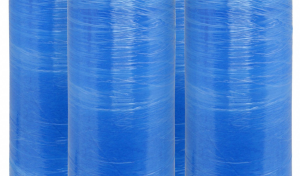
How to Choose the Right VCI Stretch Film Exporter
VCI (Vapor Corrosion Inhibitor) stretch film is a specially designed packaging material that protects metal products from rust and corrosion during storage and transportation. The
Home >> VCI Stretch Film
Designed for manufacturing, shipping and long-term warehousing, with bulk purchasing discounts and global supply chain support.
Safeguard Metal Assets with Precision: VCI Stretch Film for Industrial Excellence
In demanding environments where corrosion threatens metal integrity, VCI Stretch Film (Volatile Corrosion Inhibitor Film) delivers a proactive defense. This advanced packaging solution seamlessly combines the physical durability of industrial-grade polyethylene with intelligent vapor-phase technology.
Why Choose Our VCI Stretch Film?
Targeted Protection: The film releases microscopic VCI molecules (2-3 layers thick) that actively bond to metal surfaces, neutralizing moisture, salts, and airborne contaminants – even in extreme humidity or salt spray conditions (ASTM G85 Certified).
Visibility Meets Security: Engineered with signature transparent blue tint for instant visual inspection without unwrapping, reducing handling errors in logistics.
Compliance-Driven: Exceeds MIL-PRF-3420H standards for military-grade reliability and RoHS compliance for eco-sensitive operations.
Beyond Film: Extend protection with our complementary VCI Shrink Wrap (moisture-tight sealing) and VCI Sheeting (large component coverage).
For Industries That Demand Zero Compromise
Automotive manufacturers, aerospace suppliers, and global exporters trust our film to eliminate costly corrosion-related rejects during long-term storage or overseas shipping.
Ready to Transform Your Metal Packaging Strategy?
VCI (Volatile Corrosion Inhibitor) Stretch Film safeguards metals through a combination of chemical inhibition and physical barrier properties. Here’s a step-by-step breakdown of its protective mechanism:
Volatilization:
The film is infused with corrosion-inhibiting compounds (e.g., amines, nitrites, or organic salts). At room temperature, these compounds slowly vaporize, releasing gaseous VCI molecules into the enclosed packaging space.
Uniform Dispersion:
The vaporized molecules spread evenly, penetrating crevices and hard-to-reach areas, ensuring complete coverage of all metal surfaces—even without direct contact.
Adsorption:
VCI molecules are attracted to the metal surface due to electrostatic forces. They form an ultra-thin, invisible layer (2–3 molecules thick) that bonds tightly to the metal.
Passivation:
The adsorbed molecules alter the electrochemical reactions that cause corrosion:
Anodic Inhibition: Block the oxidation (loss of electrons) of metal atoms, preventing dissolution.
Cathodic Inhibition: Suppress oxygen and moisture reduction (gain of electrons), halting rust formation.
Moisture Blocking:
The hydrophobic molecular layer repels water, preventing electrolyte formation (a key driver of corrosion).
Oxygen Deprivation:
The film’s tight wrap limits air circulation, reducing oxygen availability for oxidation reactions.
Contaminant Shielding:
The layer resists salts, acids, and industrial pollutants that accelerate corrosion.
Continuous Protection:
Even if the film is punctured or temporarily opened, fresh VCI molecules replenish the protective layer, maintaining defense until the film is fully compromised.
Tight Wrapping:
The stretch film’s elasticity (≥250% elongation) ensures conformal wrapping, eliminating gaps where moisture or air could accumulate.
Puncture Resistance:
Reinforced layers prevent physical damage to the film, preserving the sealed environment.
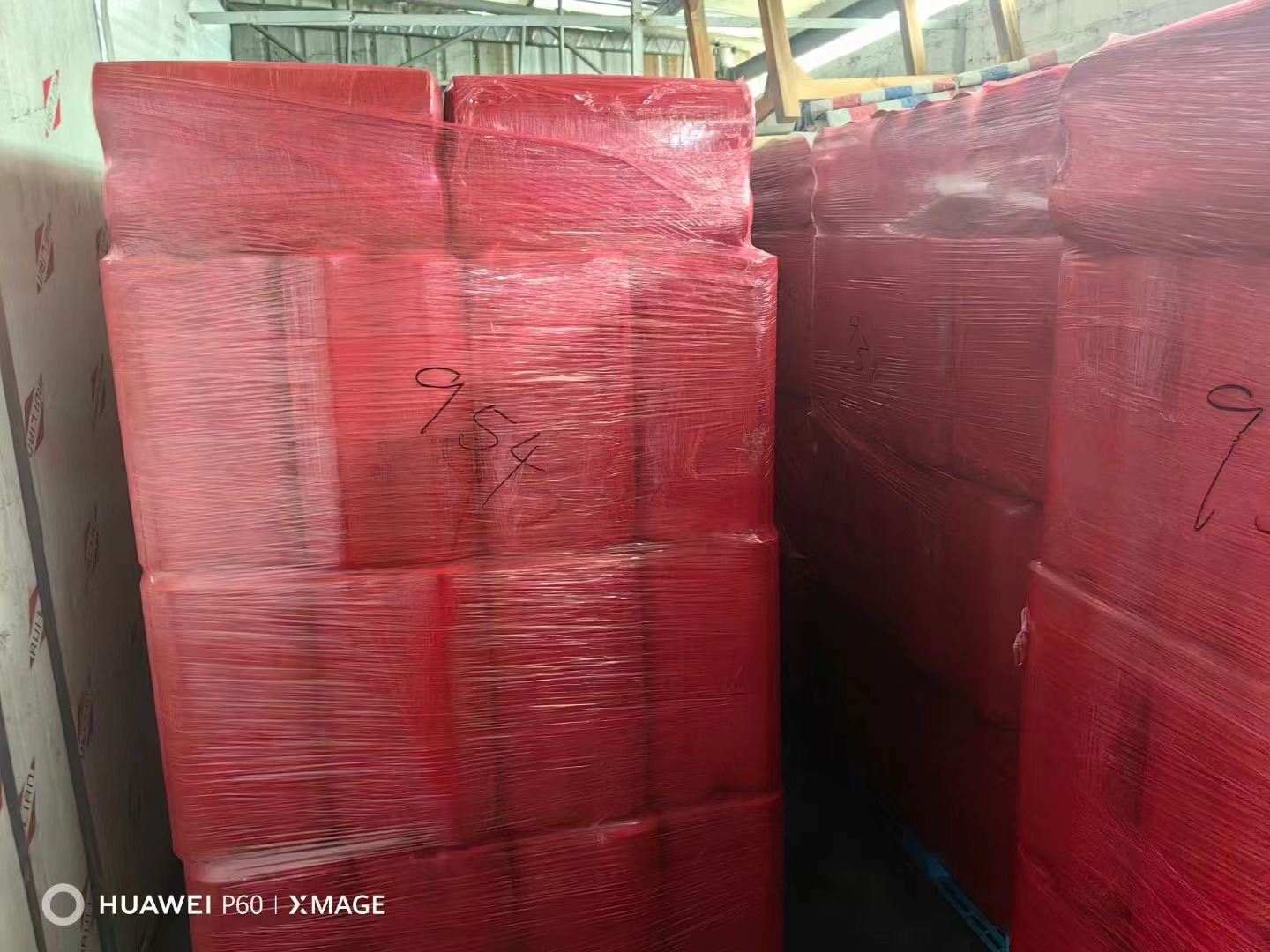
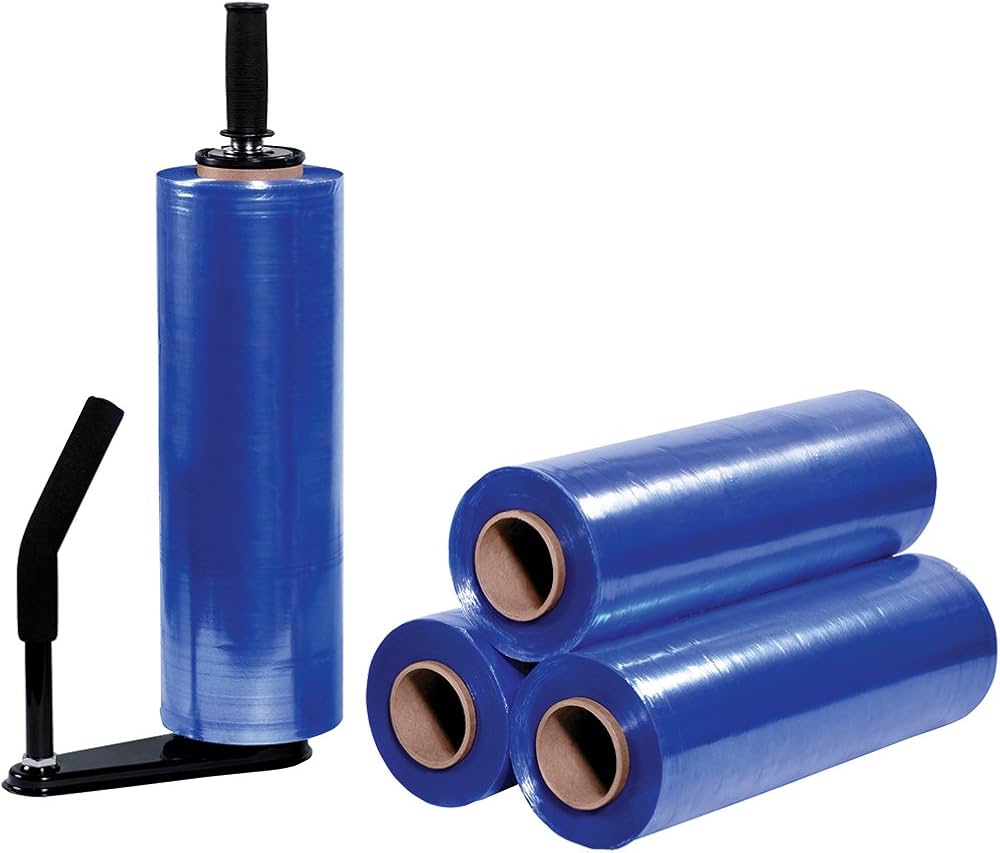
Unlike traditional plastic wraps that merely block external elements:
Active Protection: VCI molecules neutralize corrosion triggers chemically, even in residual humidity.
No Surface Contact Needed: Protection works through vapor dispersion, ideal for complex geometries.
Long-Term Defense: Effective for up to 24 months under proper sealing.
By merging vapor-phase chemistry with robust physical sealing, VCI Stretch Film provides proactive, multi-layered corrosion prevention, ensuring metals remain pristine in demanding environments.
VCI (Volatile Corrosion Inhibitor) Stretch Film is engineered to provide robust corrosion protection while maintaining the physical performance required for industrial packaging. Below are the detailed technical parameters and specifications that define its capabilities:
Base Polymer: Linear low-density polyethylene (LLDPE) or co-extruded multi-layer polyethylene.
VCI Additives: Organic/inorganic corrosion inhibitors (e.g., amine-based compounds, nitrites) embedded uniformly within the film matrix.
Color: Transparent blue (standard) or custom colors for product identification.
| Parameter | Specification | Test Standard |
|---|---|---|
| Thickness | 20–30 μm (microns) | ASTM D6988 |
| Width | 300–500 mm (standard), customizable | – |
| Length per Roll | 300–1,000 meters | – |
| Tensile Strength | ≥20 MPa (machine direction) | ASTM D882 |
| Elongation at Break | ≥250% | ASTM D882 |
| Puncture Resistance | ≥4 N/mm² | ASTM D5748 |
| Clarity | ≥90% light transmission (blue tint) | ASTM D1746 |
| Parameter | Specification | Test Standard |
|---|---|---|
| VCI Release Rate | 0.1–0.5 mg/cm²/day (adjustable) | MIL-PRF-3420H |
| Protection Range | All ferrous and non-ferrous metals | – |
| Protection Period | Up to 24 months (depends on sealing) | ASTM D1748 |
| Salt Spray Resistance | 720+ hours without corrosion (ASTM B117) | ASTM B117 |
| Humidity Resistance | 95% RH, 40°C, 30 days (no rust) | ASTM D1748 |
| Parameter | Specification | Certification |
|---|---|---|
| RoHS Compliance | Lead, cadmium, Hg ≤100 ppm | EN 62321 |
| REACH Compliance | SVHC-free | EC 1907/2006 |
| Biodegradable Option | PLA-based film (degrades in 6–24 months) | ASTM D6400 |
| Flammability | Self-extinguishing (UL94 HB rating) | UL 94 |
| Food Contact Safety | FDA 21 CFR 177.1520 compliant (optional) | FDA |
Operating Temperature: -30°C to 70°C (short-term exposure up to 90°C).
Chemical Resistance: Resistant to oils, weak acids, and alkalis (pH 5–9).
UV Resistance: Optional UV-stabilized formulation for outdoor storage (≥6 months).
| Parameter | Specification |
|---|---|
| Roll Core Diameter | 75 mm (3 inches) or 150 mm (6 inches) |
| Roll Weight | 15–25 kg (depends on thickness/length) |
| Storage Conditions | Dry, <30°C, away from direct sunlight |
| Shelf Life | 12 months (unopened) |
MIL-PRF-3420H: U.S. military standard for vapor corrosion inhibitors.
ASTM G85: Accelerated salt spray testing.
ISO 9001: Quality management system certification.
ISO 14001: Environmental management compliance.
| Feature | VCI Stretch Film | Standard PE Stretch Film |
|---|---|---|
| Corrosion Protection | Active VCI layer (24-month defense) | None |
| Cost Efficiency | Eliminates oil/desiccant costs | Requires secondary treatments |
| Environmental Impact | Recyclable/biodegradable options | Non-biodegradable |
| Metal Readiness | No residue; ready-to-use | May require degreasing |
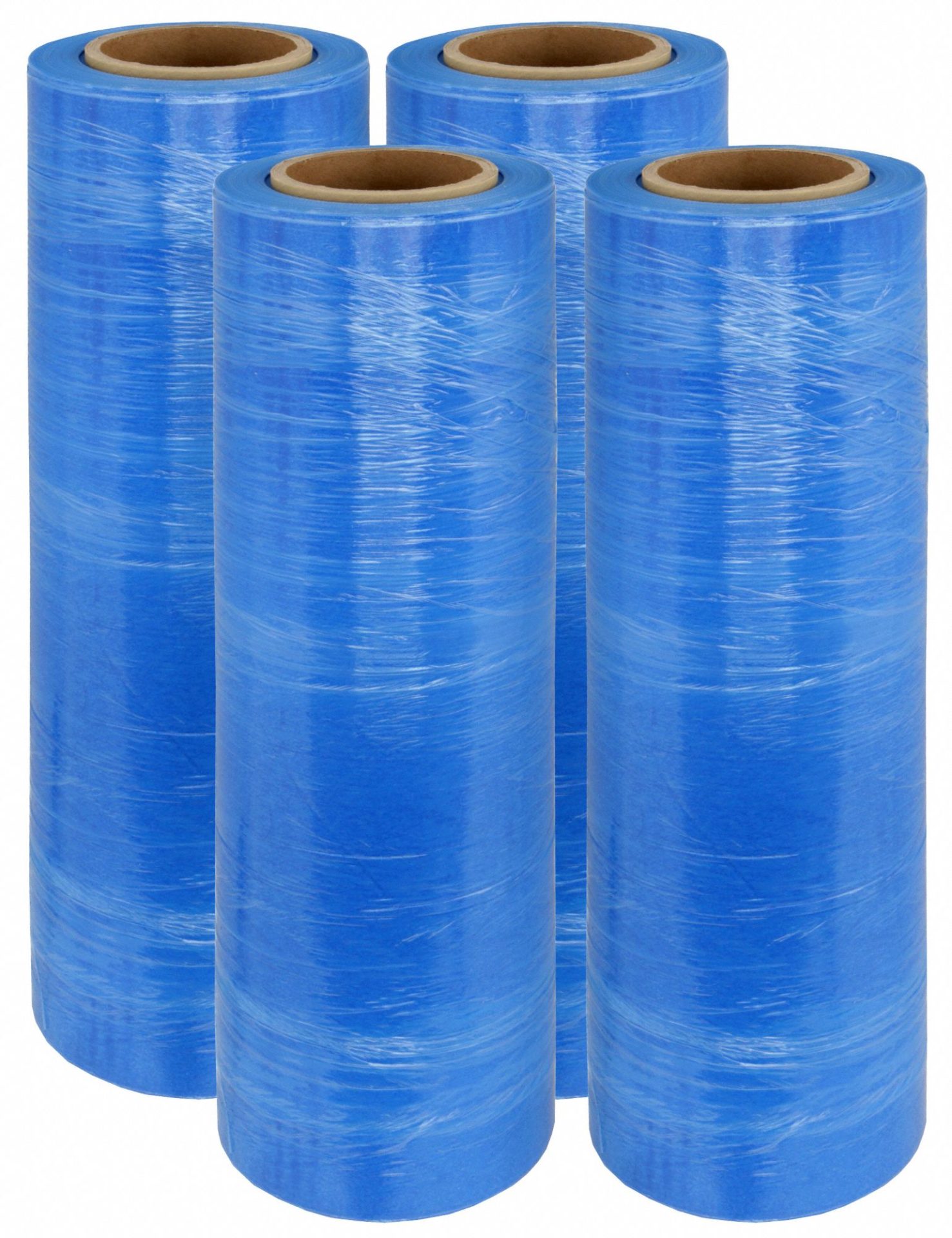
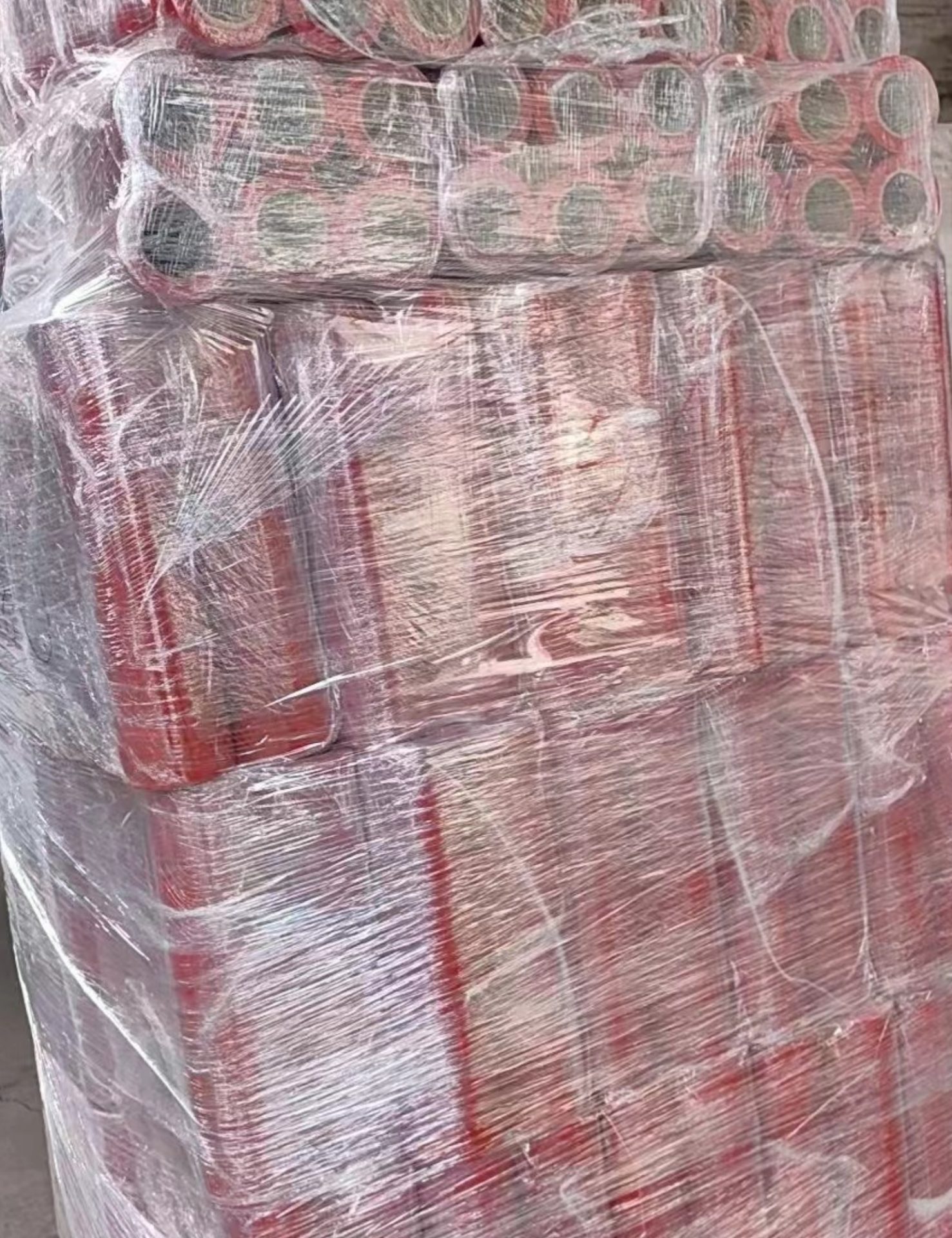
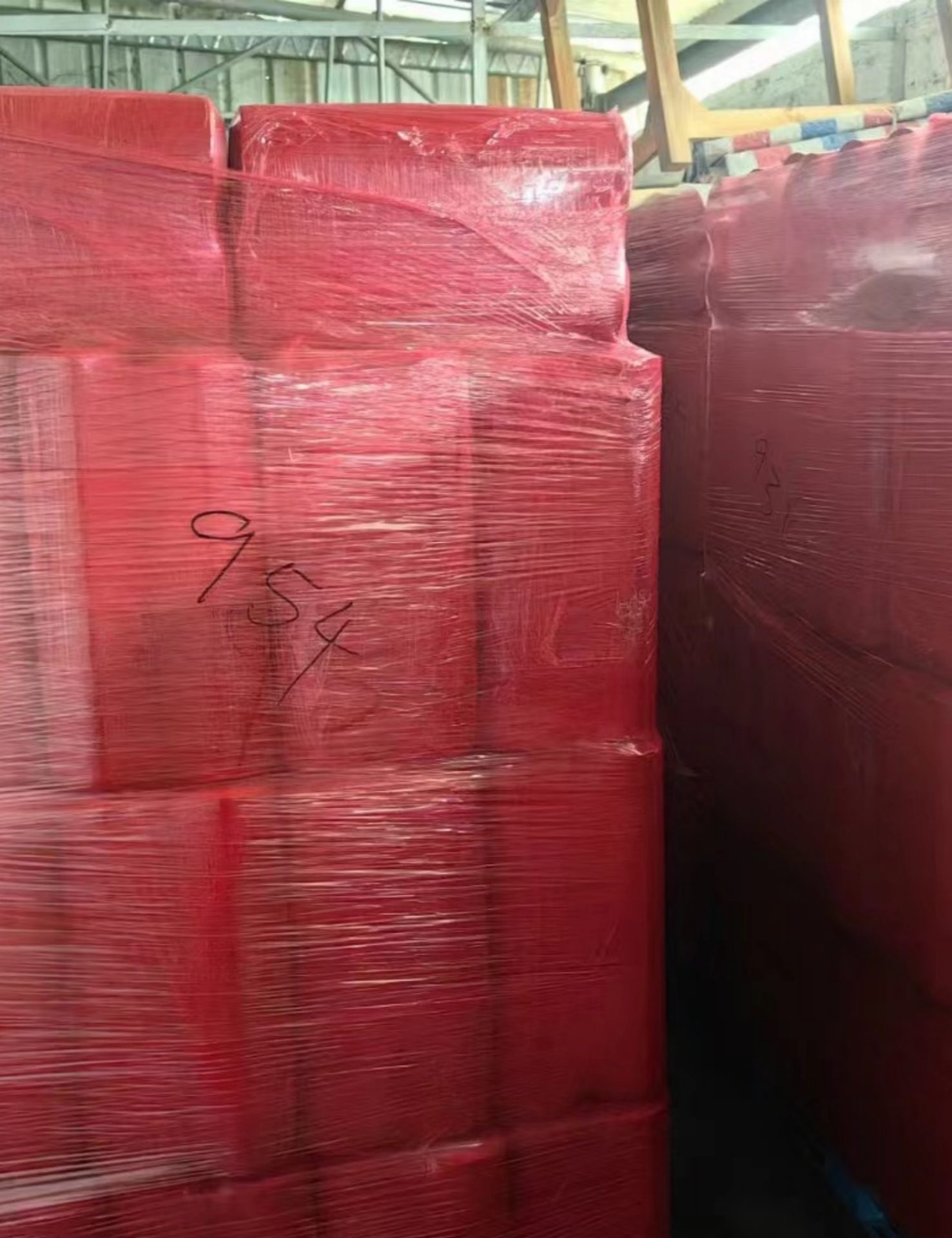
VCI Concentration: Adjustable inhibitor levels for harsh environments (e.g., marine climates).
Thickness: 15–50 μm (ultra-thin for lightweight parts; heavy-duty for sharp edges).
Printing: Custom logos, handling instructions, or anti-counterfeit marks.
MOQ: Standard MOQ 100 rolls; lower volumes for testing available.
Wrap Tightly: Ensure full contact and minimal air pockets.
Seal Edges: Use heat sealing or adhesive tape to maintain VCI concentration.
Avoid Contamination: Do not mix with non-VCI packaging materials.
Storage: Keep wrapped items in dry, ventilated areas.
These technical specifications ensure that VCI Stretch Film meets the rigorous demands of industries requiring long-term metal protection, from automotive manufacturing to global logistics.

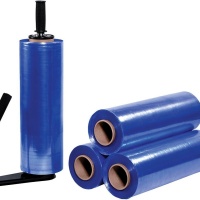

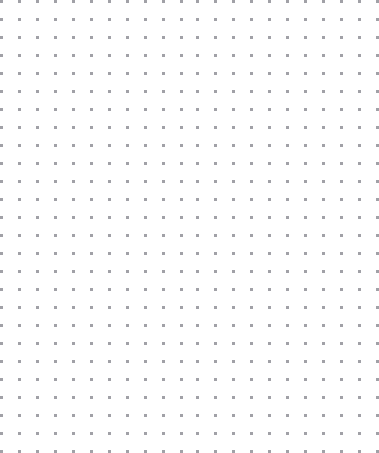


VCI Molecular Layer Protection
VCI (Volatile Corrosion Inhibitor) Stretch Film employs a cutting-edge, multi-stage mechanism to neutralize corrosion risks:
Vaporization & Dispersion:
Embedded VCI compounds (e.g., amine-based inhibitors) sublimate into a vapor at ambient temperatures, filling the enclosed packaging space.
The vapor permeates complex geometries, covering even recessed or hard-to-reach metal surfaces.
Adsorption & Passivation:
Ultra-Thin Protective Layer: VCI molecules form a 2–3 molecular layer (≈0.5–1 nm thick) that bonds electrochemically to metal surfaces.
Dual-Action Inhibition:
Anodic Protection: Blocks metal ion loss (oxidation).
Cathodic Protection: Suppresses oxygen and moisture reduction.
Hydrophobic Barrier: Repels water molecules, preventing electrolyte formation.
Self-Healing Capability:
Continuous vapor replenishment ensures protection even if the film is punctured or briefly opened.
Key Benefits:
No direct contact required, ideal for intricate parts.
Effective against rust in humid, salty, or polluted environments.
Compatible with ferrous (steel, iron) and non-ferrous metals (copper, aluminum).
Engineered for Industrial Demands:
| Property | Specification | Competitor Benchmark | Significance |
|---|---|---|---|
| Tensile Strength | ≥250% elongation at break | 150–200% (standard PE film) | Conforms tightly to irregular shapes, eliminating air pockets. |
| Puncture Resistance | 4.5 N/mm² (ASTM D5748) | 2.5–3.5 N/mm² | Withstands sharp edges, reducing film damage during transit. |
| Tear Resistance | 3.0 N/mm (machine direction) | 1.5–2.0 N/mm | Maintains integrity under stress. |
Performance Highlights:
High Clarity Blue Tint: Allows visual inspection without unwrapping (≥90% light transmission).
Temperature Resilience: Operates in -30°C to 70°C, suitable for global shipping and outdoor storage.
Multi-Layer Construction: Co-extruded layers enhance durability while retaining stretchability.
Certifications & Eco-Friendly Innovations:
RoHS Compliance:
Restricts hazardous substances (lead, cadmium, mercury ≤100 ppm), ensuring safe handling and disposal.
REACH Compliance:
All chemicals used are registered and safe under EU Regulation (EC) No 1907/2006.
Biodegradable Options:
PLA-Based Film: Degrades in 6–24 months under industrial composting (ASTM D6400).
Recyclable LLDPE: Compatible with standard polyethylene recycling streams.
Sustainability Benefits:
Reduces reliance on toxic anti-rust oils or disposable desiccants.
Lowers carbon footprint through reusable packaging solutions.
Explore our Environmental Policy for detailed lifecycle analysis and certifications.
By integrating molecular-level corrosion inhibition, robust physical performance, and rigorous environmental standards, VCI Stretch Film delivers unmatched protection for metals in industries ranging from automotive to aerospace.
The effectiveness of VCI (Volatile Corrosion Inhibitor) Stretch Film relies heavily on tailoring its VCI concentration to match specific storage or transportation conditions. By optimizing inhibitor levels, the film can address challenges such as high humidity, salt-laden air (common in海运), or prolonged storage periods. Below is a detailed breakdown of how VCI concentration is adjusted and validated for different scenarios:
Environmental Variability:
Corrosion rates escalate in:
High Humidity (>80% RH): Accelerates electrochemical reactions.
Salt Spray (marine environments): Chlorides penetrate passive layers.
Temperature Fluctuations: Condensation risks during transit.
Metal Sensitivity:
Ferrous metals (e.g., steel) require higher VCI doses than non-ferrous metals (e.g., aluminum).
Packaging Configuration:
Tightly sealed vs. ventilated packaging affects VCI vapor retention.
| Factor | Adjustment Strategy | Technical Basis |
|---|---|---|
| Humidity Level | Increase VCI concentration by 20–40% for >80% RH environments. | Higher humidity demands faster inhibitor release to counteract moisture. |
| Salt Exposure | Use VCI blends with nitrites/amines for chloride neutralization. | Nitrites inhibit chloride-induced pitting corrosion. |
| Storage Duration | Higher concentrations for >12-month storage (e.g., 0.5 mg/cm²/day). | Sustained vapor release prevents depletion over time. |
| Temperature Range | Add thermal stabilizers to maintain release rates at extremes (-30°C to 70°C). | Prevents inhibitor crystallization or rapid evaporation. |
| Metal Type | Adjust inhibitor chemistry (e.g., carboxylates for copper, amines for steel). | Metal-specific passivation mechanisms. |
Thicker Films (30–50 μm): Allow higher VCI loading for long-term protection.
Multi-Layer Co-Extrusion:
Outer layer: LLDPE for physical durability.
Middle layer: High-density VCI reservoir.
Inner layer: Controlled-release matrix.
Blended Inhibitors: Combine fast-acting and slow-release compounds (e.g., dicyclohexylamine for rapid coverage + sodium nitrite for longevity).
Microencapsulation: Encapsulate VCI agents to delay release in high-temperature environments.
Apply VCI-rich coatings to the film’s inner surface for localized, high-concentration protection.
| Environment | VCI Release Rate | Target Metals | Film Thickness |
|---|---|---|---|
| General Storage | 0.1–0.3 mg/cm²/day | Steel, iron | 20–25 μm |
| Marine Shipping | 0.4–0.6 mg/cm²/day | Steel, galvanized metals | 30–40 μm |
| High Humidity | 0.3–0.5 mg/cm²/day | Copper, aluminum | 25–30 μm |
| Long-Term (>2 years) | 0.5–0.8 mg/cm²/day | Precision machinery | 40–50 μm + multi-layer |
By scientifically calibrating VCI concentration, manufacturers and end-users can optimize corrosion protection for any environment, ensuring metals remain pristine from factory to end-use. Collaborate with suppliers to request tailored solutions backed by test reports and case studies.

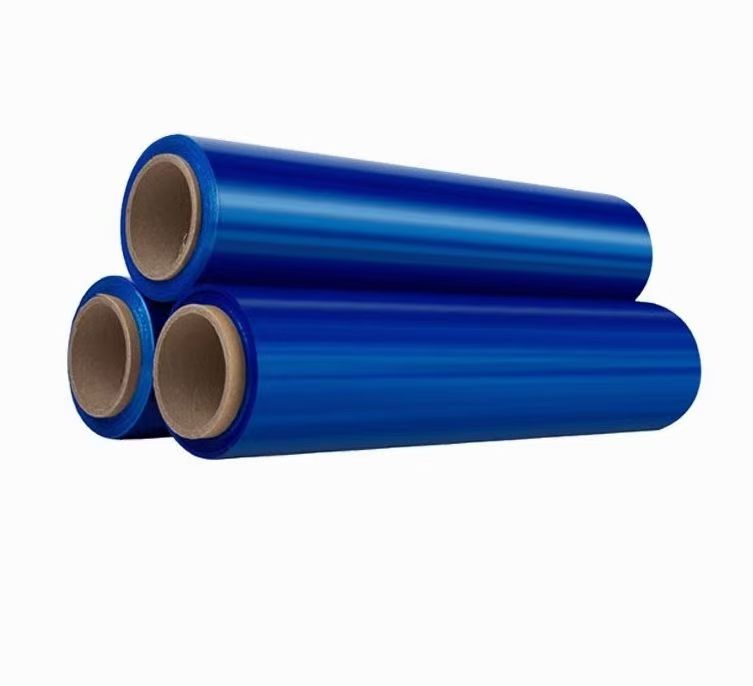
| Industry | Use Case | Temperature Range | Film Thickness |
|---|---|---|---|
| Aerospace | Engine Component Storage | -40°C to 120°C | 30µm |
| Automotive | Transmission Shipment | -20°C to 80°C | 23µm |
| Electronics | Circuit Board Protection | -10°C to 60°C | 25µm |
| Military | Weapon Storage | -50°C to 90°C | 40µm |
| Oil & Gas | Equipment Shipping | -30°C to 70°C | 35µm |
| Marine | Boat Part Protection | -20°C to 70°C | 28µm |
| Manufacturing | Steel Coil Packaging | -10°C to 50°C | 32µm |
| Heavy Machinery | Machine Parts Protection | -15°C to 65°C | 38µm |
Based on your industry and application needs, you can select the ideal VCI Stretch Film that ensures optimal protection and performance. Our VCI Stretch Films are designed to safeguard against corrosion, dust, and moisture, providing reliable protection for your goods during storage and transportation.
If you have specific requirements, we also offer customization options to match your exact needs, including film thickness, temperature range, and packaging solutions tailored to your business. Contact us for more information or assistance in selecting the perfect VCI Stretch Film for your products!
| Comparison Factor | PWP Stretch Film’s VCI Stretch Film | Other Brand’s VCI Stretch Film |
|---|---|---|
| VCI vs Desiccant Cost per Pallet | PWP Stretch Film’s VCI Stretch Film offers a more affordable solution compared to desiccants, reducing overall packaging costs. | Desiccants often come at a higher cost per pallet due to additional packaging and handling fees. |
| Stretch Film vs Oil Coating ROI | Our VCI Stretch Film provides a higher return on investment due to its multifunctionality as both a protective barrier and stretch film. | Oil coating may provide temporary protection but lacks the stretch capability, leading to additional expenses for packaging materials. |
| Zinc Coating vs VCI Film Longevity | PWP Stretch Film’s VCI Stretch Film offers superior longevity, ensuring long-lasting protection from rust and corrosion, which cuts down on maintenance and replacement costs. | Zinc coating may provide protection but can wear off over time, requiring more frequent reapplication or replacements. |
Lower Plastic VCI Stretch Film Quotes: Our VCI Stretch Film offers an excellent cost-performance ratio, helping you save on both packaging materials and corrosion protection.
Longer Protection: Enjoy extended protection from corrosion with superior longevity and no need for frequent replacements.
Better ROI: With PWP Stretch Film, you get both the benefits of stretch film and VCI protection in one product, maximizing your investment.
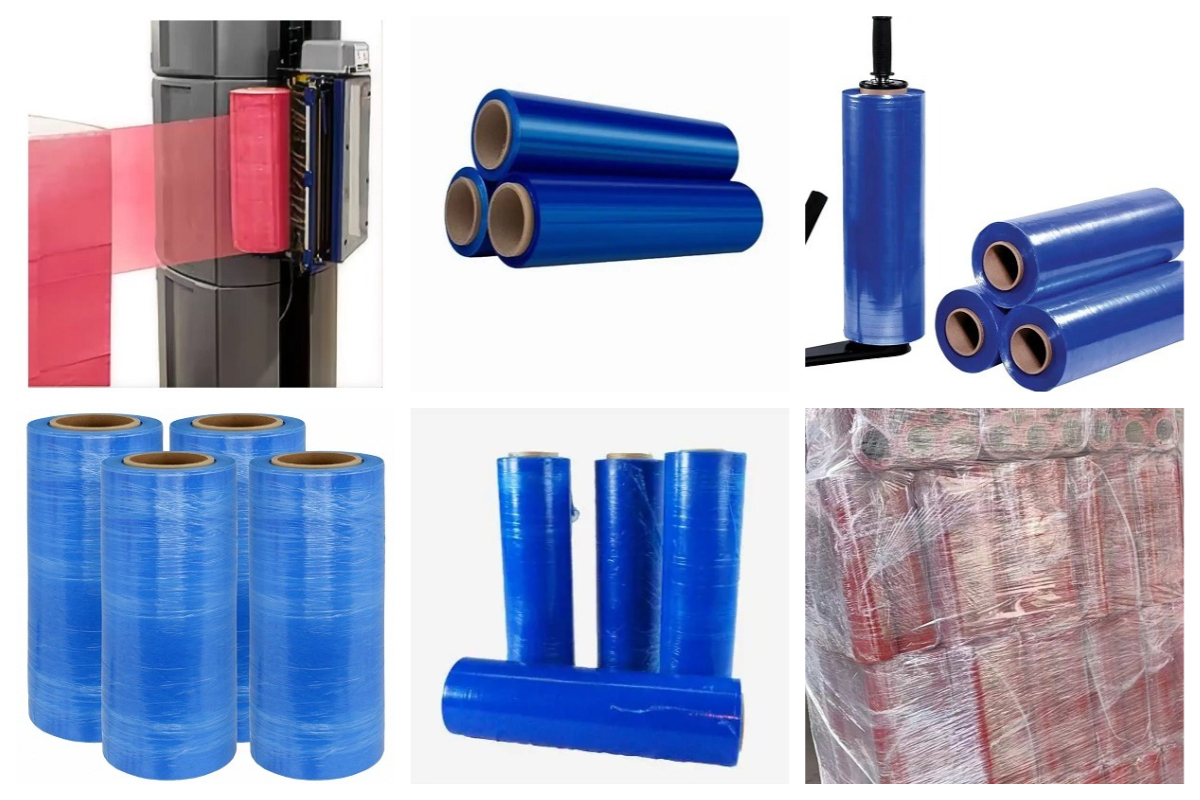
| Attributes | Details |
|---|---|
| Place of Origin | Fujian, China |
| Brand Name | PWP Stretch Film |
| Material | Linear Low Density Polyethylene |
| Type | VCI Stretch Film |
| Features | Moisture-proof, High Stretchability |
| Hardness | Soft |
| Processing Type | Casting, Blow Molding |
| Transparency | Translucent, Opaque |
| Color | Customized |
| Thickness | Customized |
| Width | Customized |
| Size | Customized Size Accepted |
| Application | Packaging |
| Printing | Customized Printing |
| Surface | Smooth, High Gloss |
| Packaging Details | Available as per Customer's Requirements |
The process of making VCI film involves several key steps. First, the base material, usually polyethylene or another polymer, is selected for its flexibility and strength. This base material is then blended with VCI additives, which are corrosion-inhibiting chemicals designed to protect metal surfaces. The film is produced using extrusion techniques, where the polymer blend is melted and formed into thin sheets or rolls. During the extrusion process, the VCI additives are uniformly distributed throughout the film to ensure consistent corrosion protection. Once the film is extruded, it is cooled and wound into rolls or cut into sheets, depending on its intended use. Quality control checks are performed to ensure that the VCI film meets the required specifications for thickness, strength, and corrosion protection.
VCI stretch film, or Vapor Corrosion Inhibitor stretch film, is a specialized packaging material designed to protect metal products from corrosion. This film is engineered with VCI technology, which releases vapors that form a protective layer on metal surfaces, preventing rust and oxidation during storage and transportation. The film often features a transparent blue color, allowing for easy product identification while providing robust protection. Unlike traditional stretch films that primarily serve as a bundling solution, VCI stretch film combines the benefits of stretchability with the added advantage of corrosion inhibition. This makes it an ideal choice for industries that handle metal components, such as automotive, manufacturing, and aerospace, ensuring the integrity and longevity of metal items.
VCI film is widely used in various applications where metal protection is critical. Its primary purpose is to safeguard metal components from rust and corrosion during storage and transit. By wrapping items in VCI film, companies can extend the lifespan of tools, machinery, and other metal products that are prone to oxidation. This film is particularly beneficial for large mechanical parts and engines, where exposure to moisture and air can lead to significant damage. Additionally, VCI film is useful for packaging finished goods, providing a protective barrier against environmental contaminants. Its versatility allows it to be employed in different sectors, ensuring that metal products remain in optimal condition throughout their journey. The incorporation of VCI technology in packaging solutions helps businesses reduce maintenance costs and enhance the durability of their metal assets.
While stretch film and cling film may appear similar and serve some overlapping purposes, they are not the same. Stretch film is a thicker, more robust material designed primarily for wrapping and securing items during shipping and storage. It is made from polyethylene and provides excellent stretchability and strength, allowing it to tightly wrap around various objects. Stretch film is commonly used in industrial applications, such as bundling products on pallets and providing protection against dust and moisture. In contrast, cling film, often referred to as plastic wrap, is thinner and more flexible. It is primarily used in household settings for food storage, as it clings to surfaces to keep food fresh. Cling film is not designed for heavy-duty applications and lacks the protective features of stretch film. Therefore, while both materials can provide some level of coverage, they are tailored for different uses and environments.
Stretch film is a versatile packaging material used in various applications to secure and protect items. Its primary use is in industrial settings, where it is commonly employed to wrap pallets of goods for shipping and storage. Stretch film provides a strong, tight seal that prevents products from shifting during transit, reducing the risk of damage. It is also used for bundling smaller items together, making it easier to handle and transport multiple products at once. Additionally, stretch film offers protection against dust, dirt, and moisture, ensuring that items remain clean and intact. Its clarity allows for easy identification of wrapped products, making it an excellent choice for inventory management. Beyond industrial uses, stretch film can be utilized in retail and household settings for wrapping and securing various items, from furniture to seasonal decorations. Overall, stretch film's adaptability and protective qualities make it an essential tool in many packaging processes.
Preventing rust during overseas shipping is crucial, especially for metal parts and machinery that are susceptible to corrosion. The long shipping times, exposure to moisture, and varying environmental conditions can increase the risk of rust formation. Fortunately, several methods can effectively safeguard metal products from rust during international transport. Use of VCI (Vapor Corrosion Inhibitor) Films: One of the most reliable methods to prevent rust during overseas shipping is by wrapping metal parts in VCI stretch film or VCI sheeting. VCI films release vapor corrosion inhibitors that create a protective molecular layer on the metal surface. This layer shields the metal from moisture, salts, and other environmental factors that can cause corrosion. This method is particularly effective for long-haul shipping because it offers ongoing protection during transit, even in humid or salty sea environments. Proper Packaging: In addition to VCI films, consider using airtight containers or sealed packaging to prevent direct contact with air and moisture. Using shrink wrap or heavy-duty plastic sheeting can help further ensure that moisture does not come in contact with the metal parts. When using shrink wrap, it's important to ensure a tight seal to prevent air and moisture from infiltrating the package. Desiccants and Moisture Absorbers: Placing desiccant packs or moisture-absorbing materials inside the packaging can help absorb any humidity that may cause rust. These are especially beneficial in high-humidity climates or when shipping through areas with unpredictable weather conditions. Protective Coatings: Another effective method is to apply a rust-preventative coating such as an anti-corrosion oil or grease to the metal parts before shipping. This creates a physical barrier between the metal surface and the elements, providing extra protection against moisture and corrosion. Regular Inspection and Maintenance: During the transport process, periodic checks on the cargo can help identify and address any potential issues before they worsen. This is especially important for longer shipments where the environment may change drastically. By combining these methods—VCI films, proper sealing, desiccants, and protective coatings—you can significantly reduce the risk of rust and corrosion on metal parts during overseas shipping, ensuring they arrive in optimal condition.
If your metal parts are rusting under stretch wrap, several factors could be at play. Stretch wrap alone typically provides limited protection from corrosion, and if not used properly or in the right environment, it may lead to rust formation. Below are the common reasons why rust can develop under stretch wrap: Moisture Entrapment: One of the primary reasons metal parts rust under stretch wrap is moisture buildup. While stretch wrap is great for holding items tightly, it does not offer a full barrier against moisture. If the metal parts were not dry when they were wrapped or if the packaging is exposed to humid conditions, moisture can become trapped under the film. Once sealed, this moisture has nowhere to escape, and it can cause the metal parts to oxidize, leading to rust formation. Lack of Vapor Corrosion Inhibitors (VCI): Regular stretch wrap does not contain any corrosion-resistant properties. If you use standard stretch film without VCI technology, the film does not release protective vapor molecules to safeguard the metal surfaces from moisture and oxygen. This leaves the metal unprotected and prone to rust. In such cases, it’s advisable to use VCI stretch film, which releases corrosion inhibitors that actively protect the metal surfaces from rusting. Environmental Factors: Shipping or storing metal parts in humid or saline environments, such as near the coast, significantly increases the risk of rusting. Stretch wrap does not prevent the exposure to air or moisture, especially when used in outdoor or unprotected storage settings. In these cases, using additional protective measures such as VCI films, desiccants, or rust-resistant coatings can prevent rust from forming. Improper Sealing: Stretch wrap is designed to secure items tightly, but if it is not sealed properly, there may be small gaps where air and moisture can enter. If the wrap is loosely applied or doesn’t cover the item completely, moisture can get inside the wrap and cause rust. Ensuring the stretch wrap is tightly sealed and covers the item fully is essential in preventing rust. Temperature Fluctuations: Changes in temperature, especially when transitioning between hot and cold environments, can lead to condensation inside the stretch wrap. When the temperature drops, moisture in the air can condense and accumulate on the metal surface, even under a tight wrap. This moisture can then cause rust over time. To address this, it’s important to store or ship metal parts in temperature-controlled environments or to use specialized films that can manage condensation and moisture buildup. To prevent rust under stretch wrap, ensure that the metal parts are thoroughly dry before wrapping, use films that include VCI technology for corrosion protection, and consider additional methods like desiccants, proper sealing, and rust-preventative coatings.

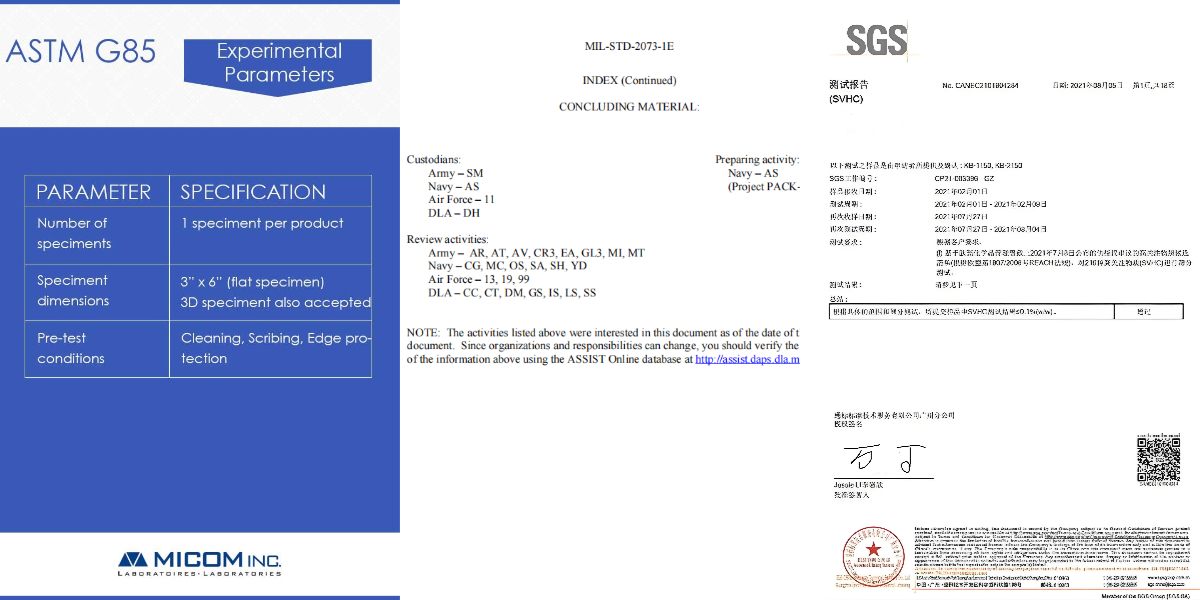
Don't wait - reach out today to ensure timely delivery and exceptional service.

VCI (Vapor Corrosion Inhibitor) stretch film is a specially designed packaging material that protects metal products from rust and corrosion during storage and transportation. The
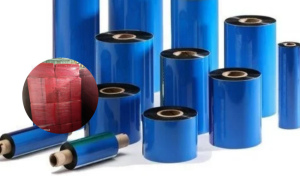
In industries that work with metal components, corrosion protection is essential to maintain product integrity and longevity. Metal parts are vulnerable to rust and degradation,
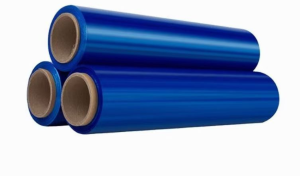
VCI Stretch Film incorporates Vapor Corrosion Inhibitor (VCI) technology, which releases corrosion-fighting molecules that bond with metal surfaces to prevent oxidation. This specialized film provides
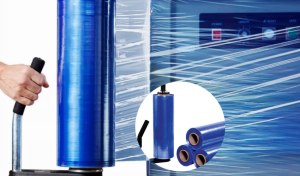
Corrosion is one of the most common and costly issues faced by exporters, especially when shipping metal parts overseas. Factors such as moisture, salt, and
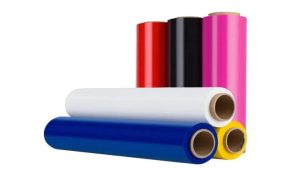
VCI (Vapor Corrosion Inhibitor) stretch films are specially designed to protect metal parts from rust and corrosion during storage and transportation. These films are infused
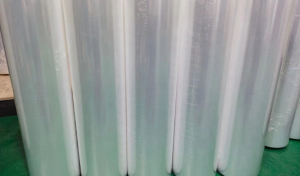
VCI stretch film is an innovative protective material widely used in industries to prevent corrosion on metal parts during storage and shipment. Designed with Vapor